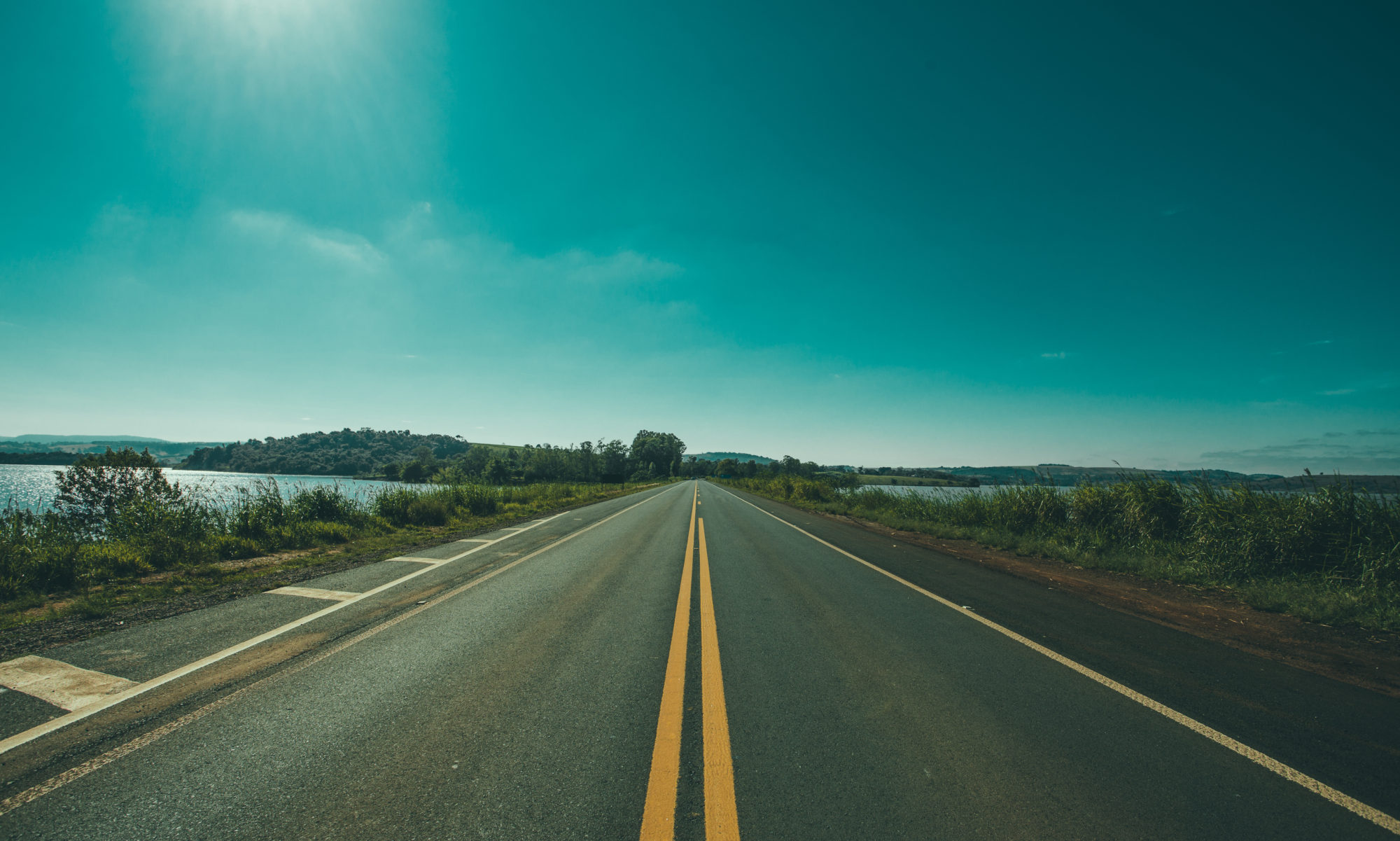We spend our first four nights in Kenya at the Wildebeest Eco Camp. Its leafy environs are on the outskirts of gritty, crime-ridden Nairobi, in the posh neighbourhood of Karen.
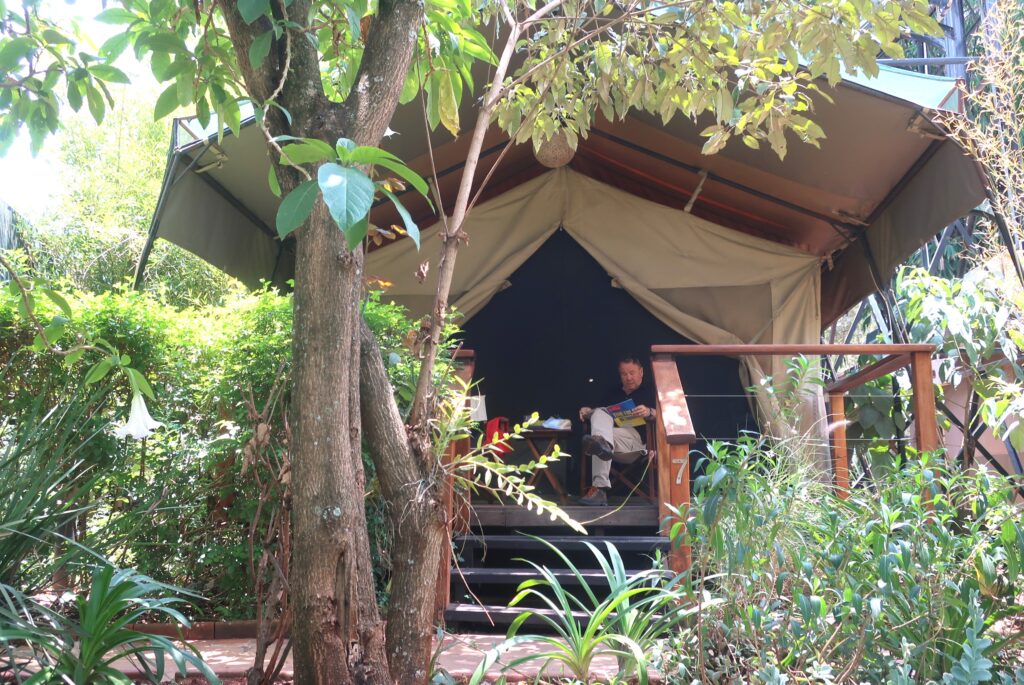
Karen is named after Danish author Karen Blixen, whose farm was nearby. As a long-time lover of all things Danish, I smugly boast about reading Out of Africa years before the Redford-Streep film came out.
We enjoy visiting the homes of writers, so hire a driver take us there.
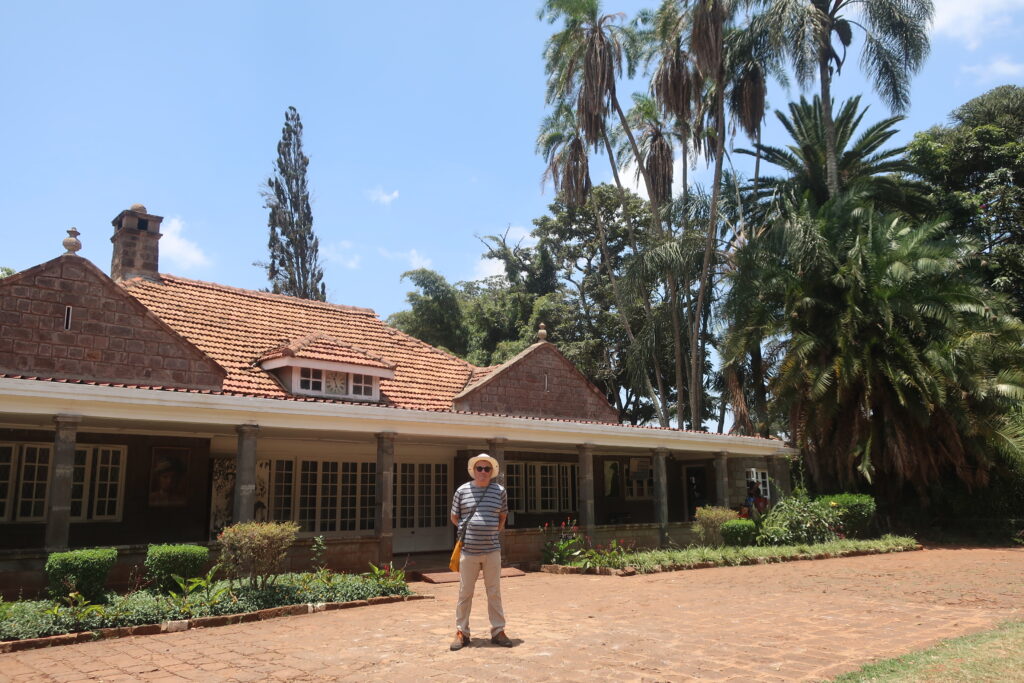
Our single foray into central Nairobi is to the Nairobi National Museum.
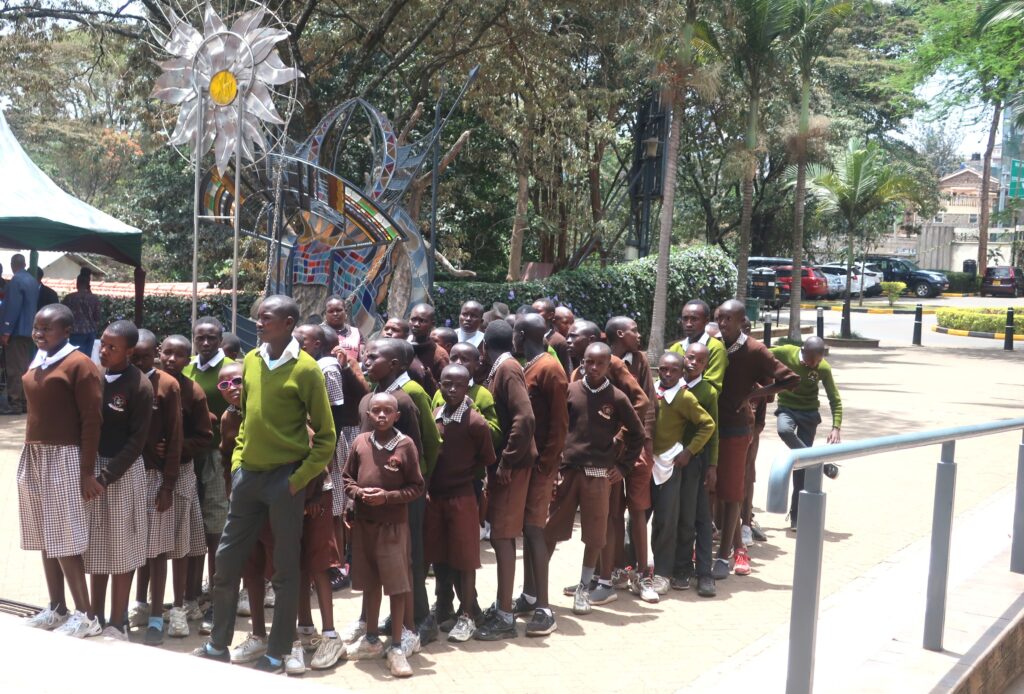
Finally, we take delivery of our rental vehicle, a Toyota Land Cruiser Prado, and head north out of town.
We name our new wheels Jambo. This is Swahili for ‘hello’.
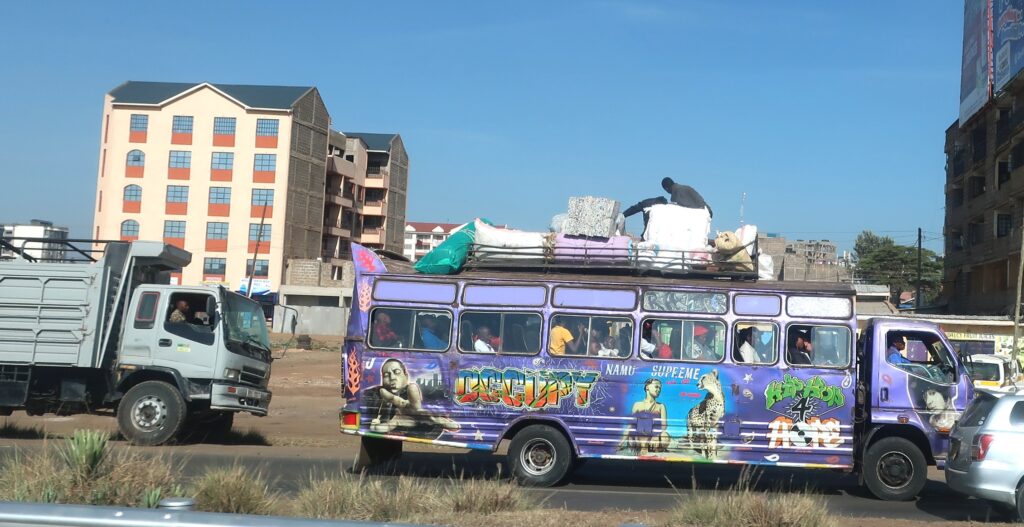
There’s always something interesting being transported by motorcycle in these countries. This one is carrying a load of cornstalks.
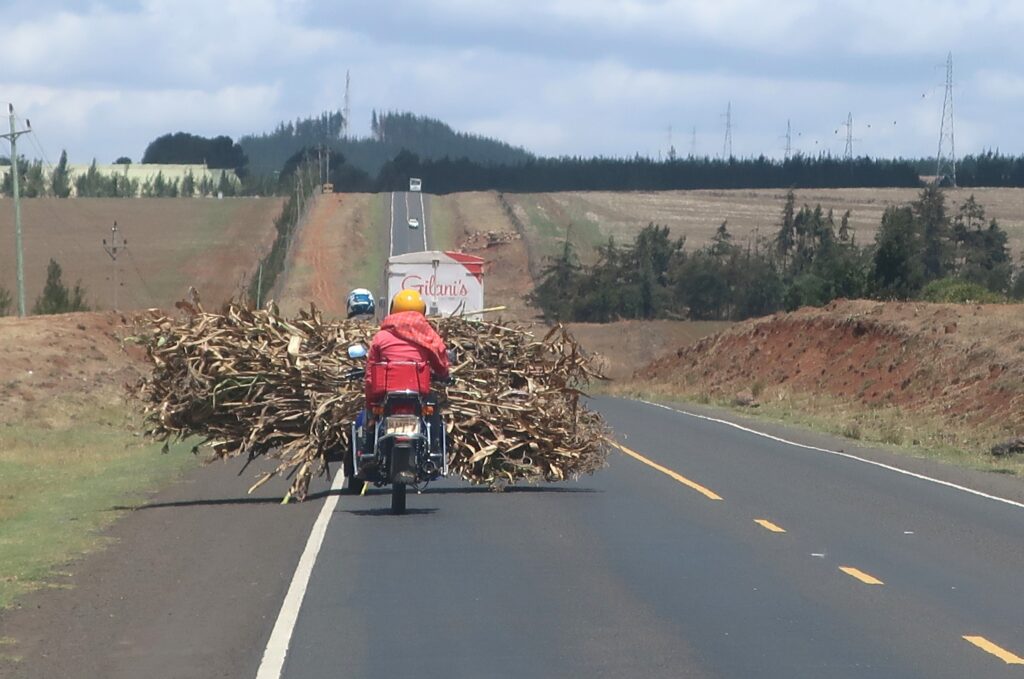
From time to time we pass though lively market towns.
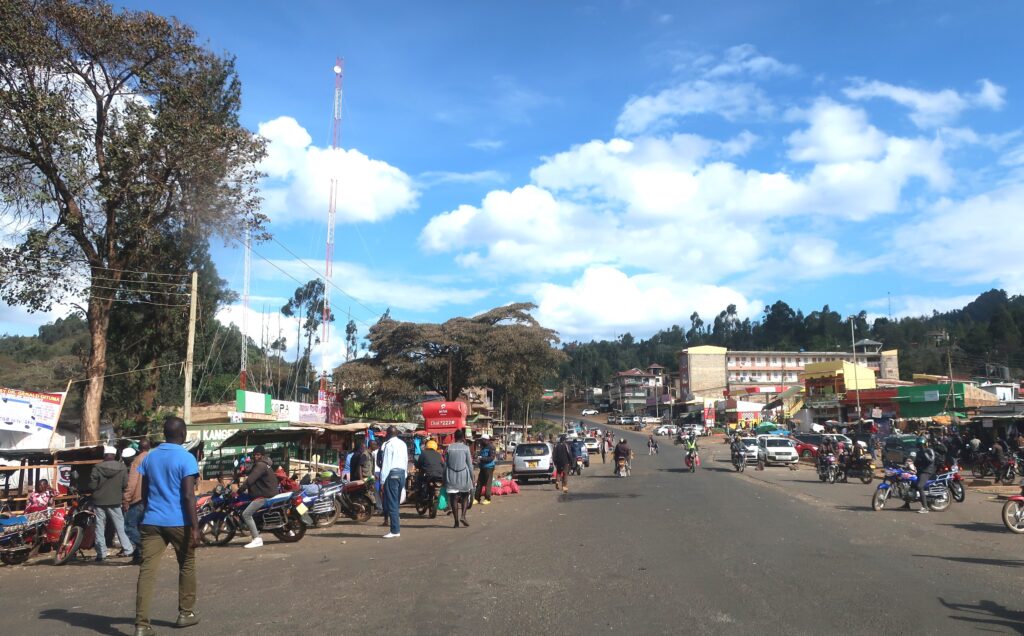
Meru National Park is our first destination. We are on a bit of a Born Free kick, having recently re-read this classic. Meru is where Elsa was returned to the wild and where she was buried.
One day, we try to drive to Elsa’s grave site, but are forced to turn back by the badness of the road, even for our 4X4 vehicle.
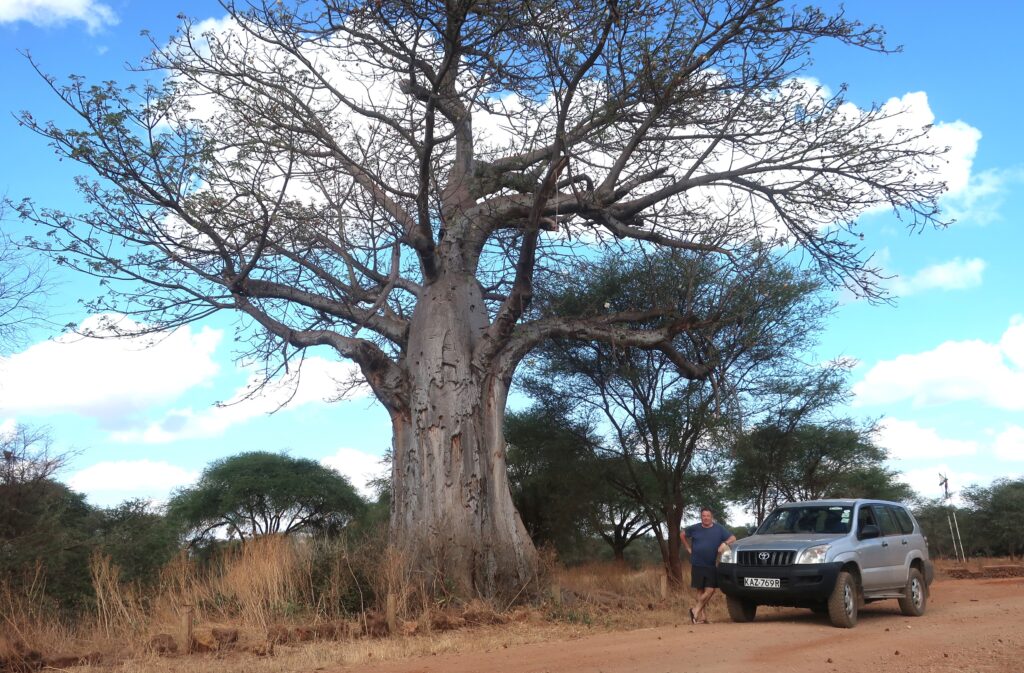
Kenya Wildlife Services have recently changed the way park fees and accommodation are paid for. It’s very confusing. (Even the park employees are stymied.) Only on the third day of our stay do we succeed in paying our bill, after hands-on tutoring from a pair of park rangers, Salim and Deka.
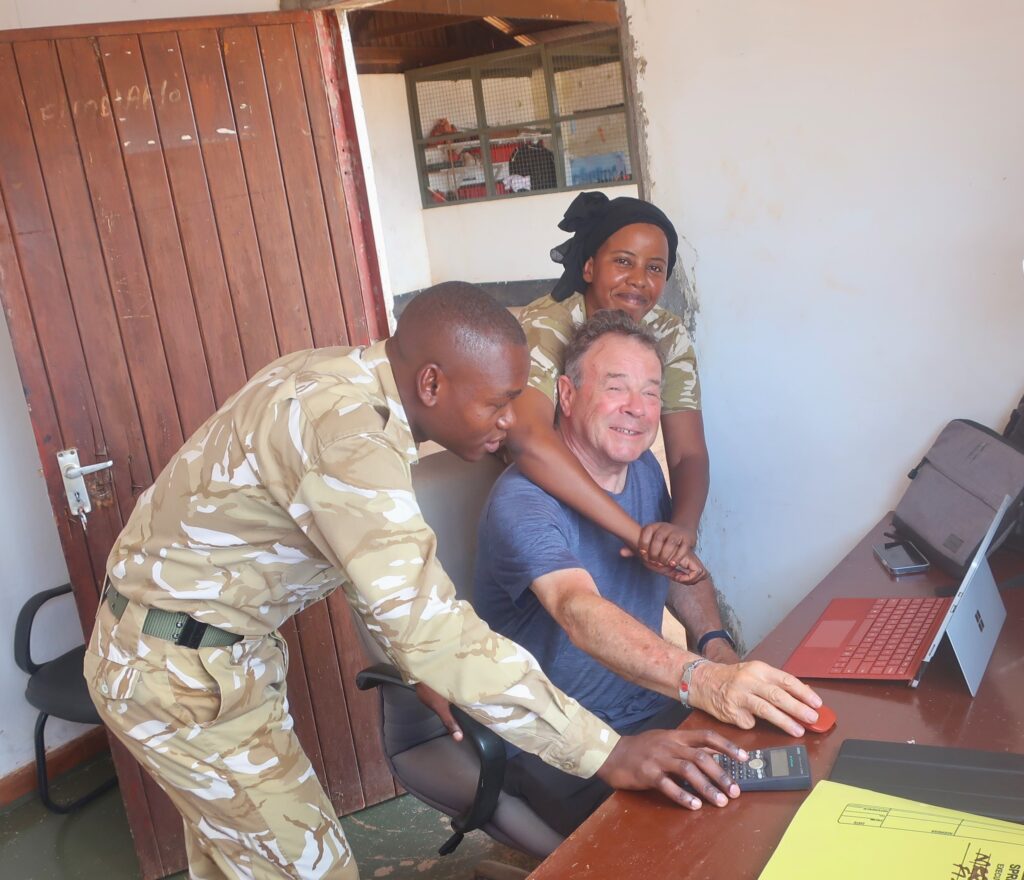
A major difference between this trip and previous self-drive trips in Africa: this time, we have a full-size 4X4 vehicle. Kind of a necessity in Kenya.
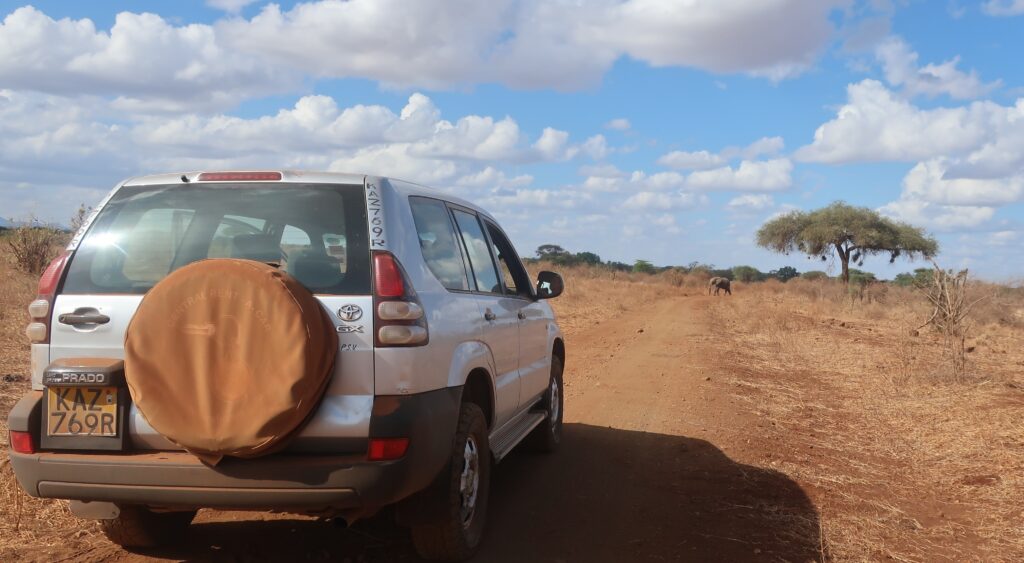
One issue with Jambo is that he sucks up fuel like a – well, like a two-ton-plus SUV. Fuel is around 2.15 CDN$ per litre here.
We run low while in the southern part of the park, so visit a village just outside the gate for a top-up.
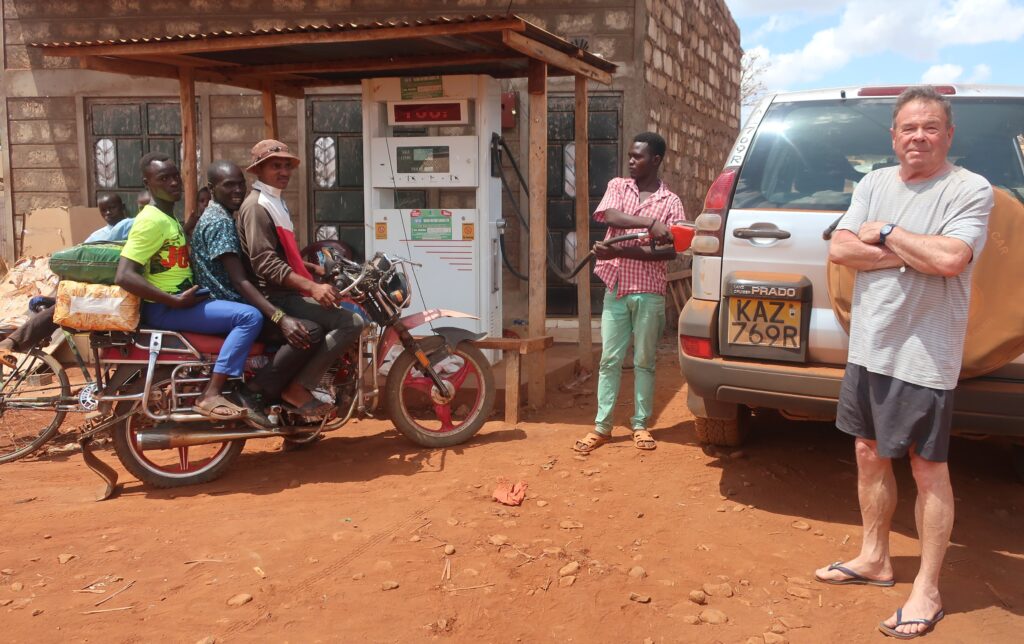
Unlike game parks in southern Africa, Kenyan game parks are emphatically not set up for individual travelers. There are no maps. Everything is geared toward tour groups spending astronomical amounts
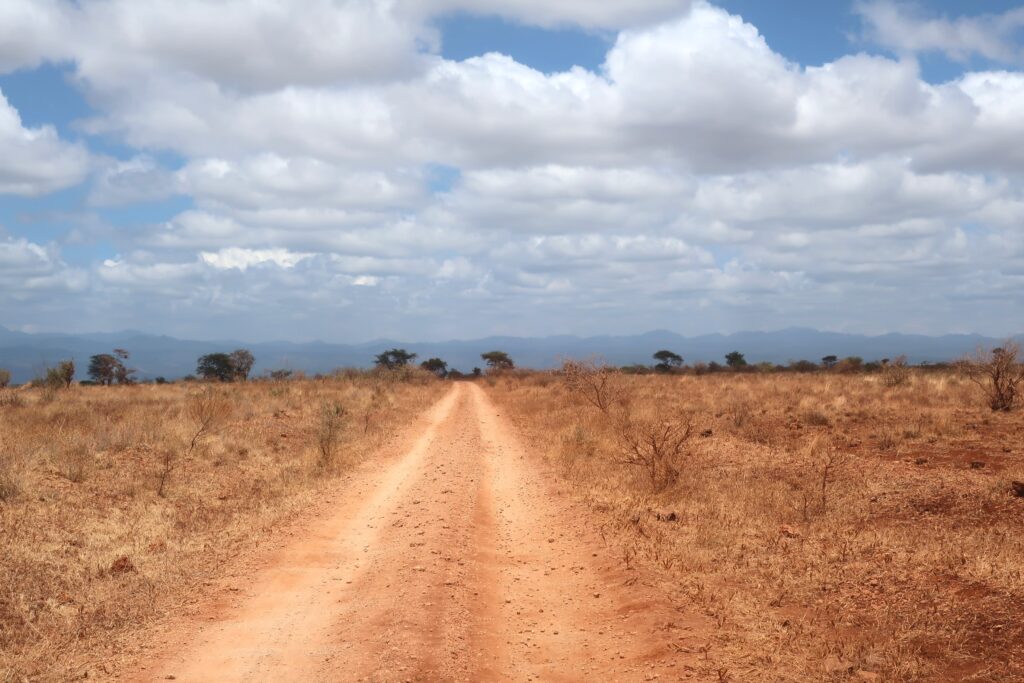
The animals are what it’s all about. We plan on spending lots of time on game drives.
We come across an elephant by surprise around a bend. It makes a bluff charge, with indignant huffing and ear-flapping.
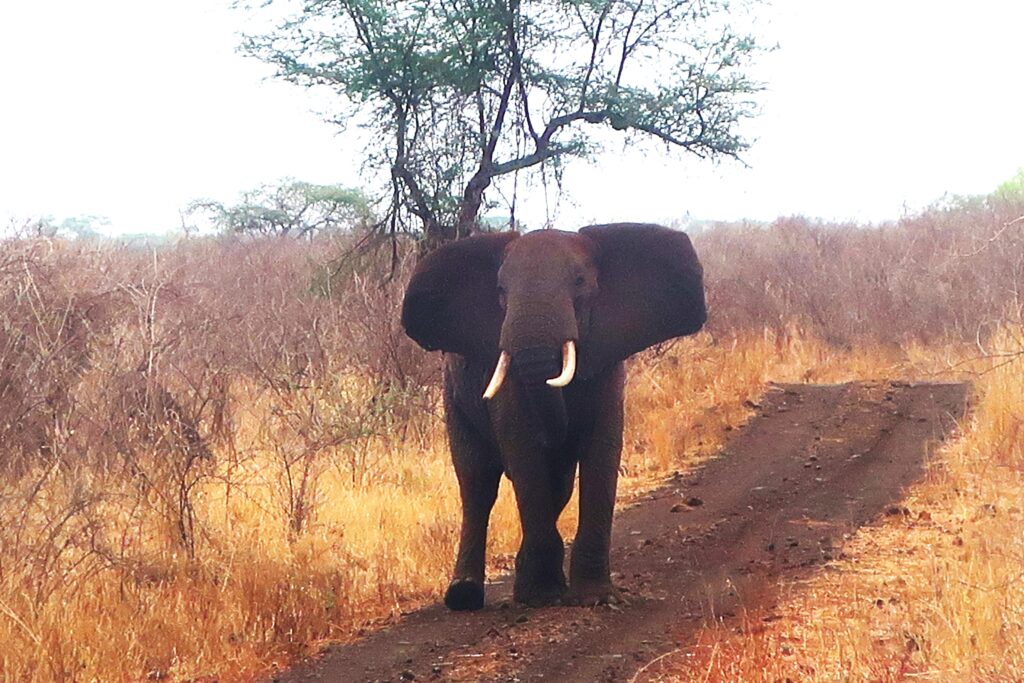
Our accommodation is a banda, a sort of simple cottage. It has running water, but no electricity. There are no cooking facilities. (We bring our own.) The screens are full of holes.
It’s unfenced, so all kinds of critters wander around at night, including hippos.
It does have an outdoor cooking area, caged to keep out the local wildlife.
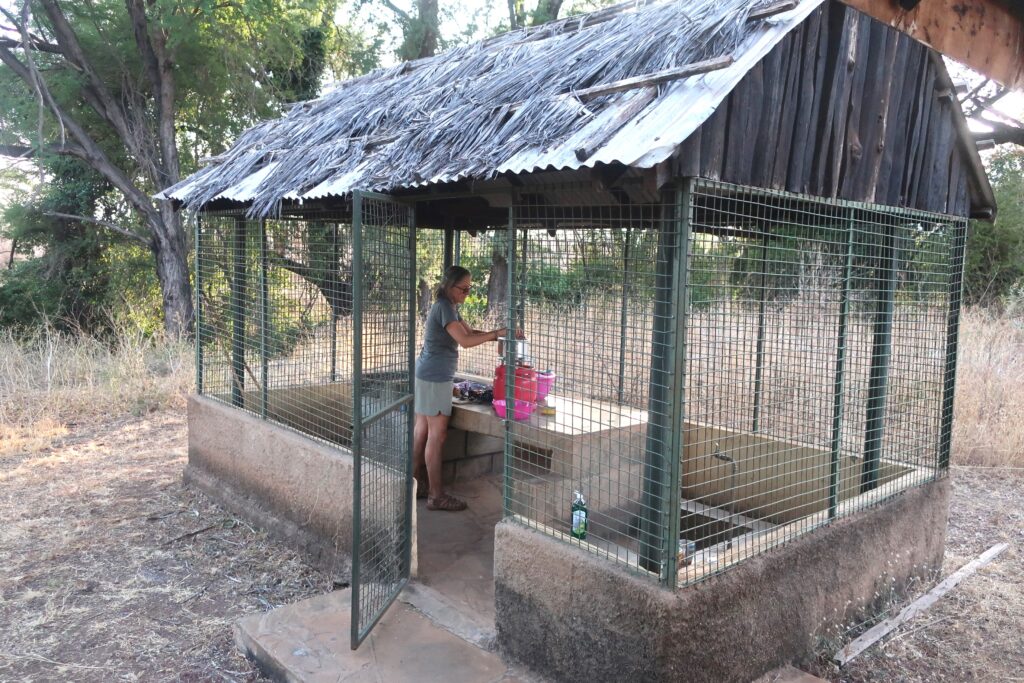
The resident vervet monkeys are able to slip in through a gap between the roof and the cage walls. This one filched a carrot and a cucumber. I got the cucumber back.
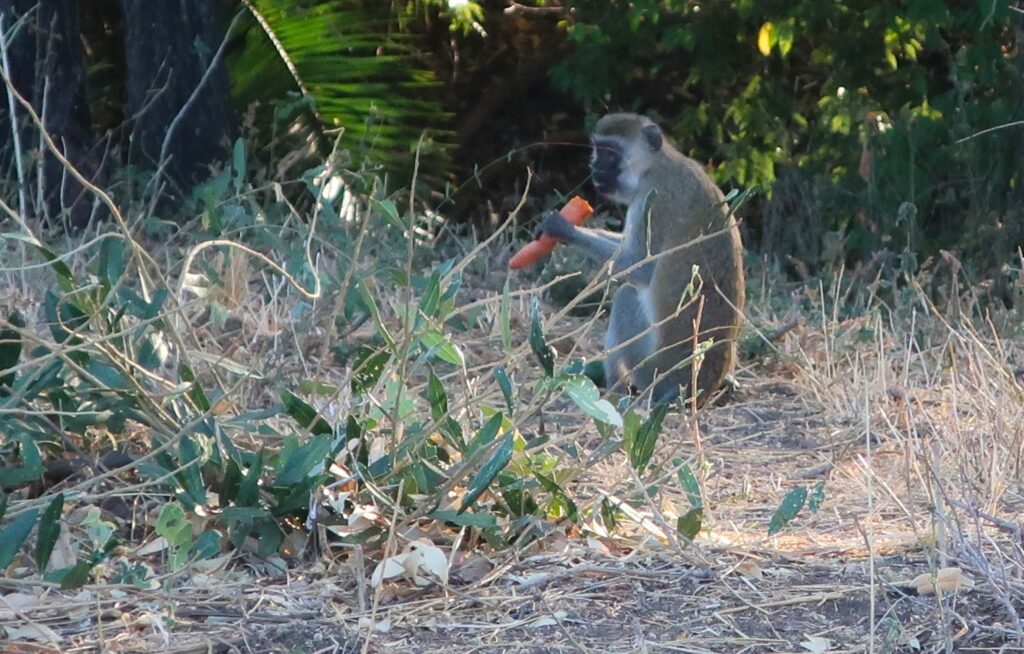
Sight or Insight of the Day
Africa has a lot of plants that grow aggressive spikes. Which then fall to the ground.
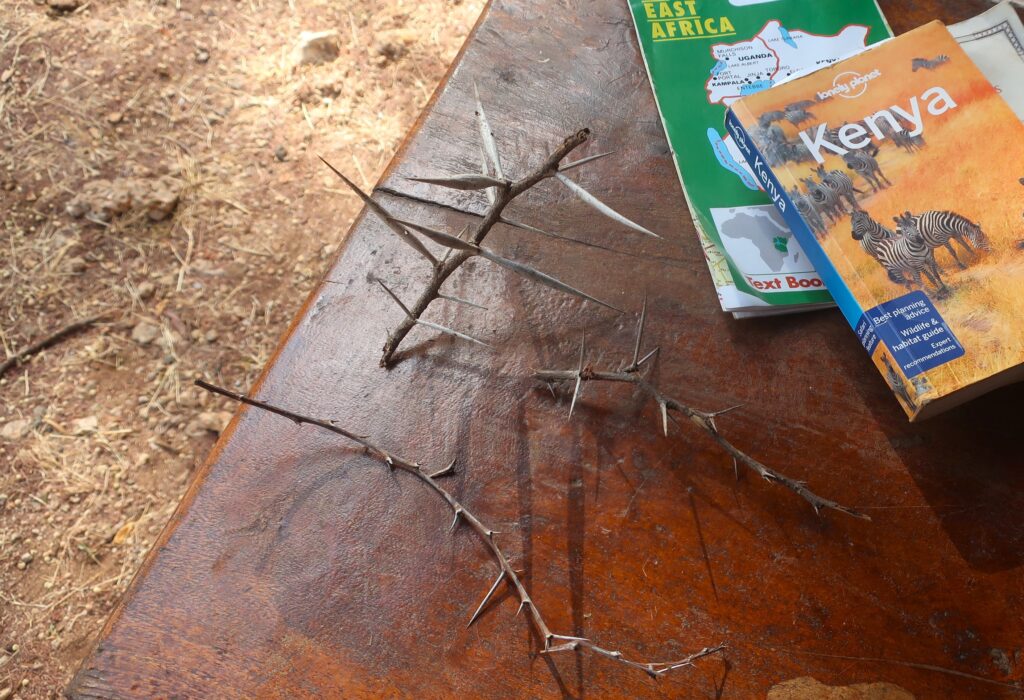
These can easily pierce the bottom of a flipflop when stepped on. I speak from experience!
